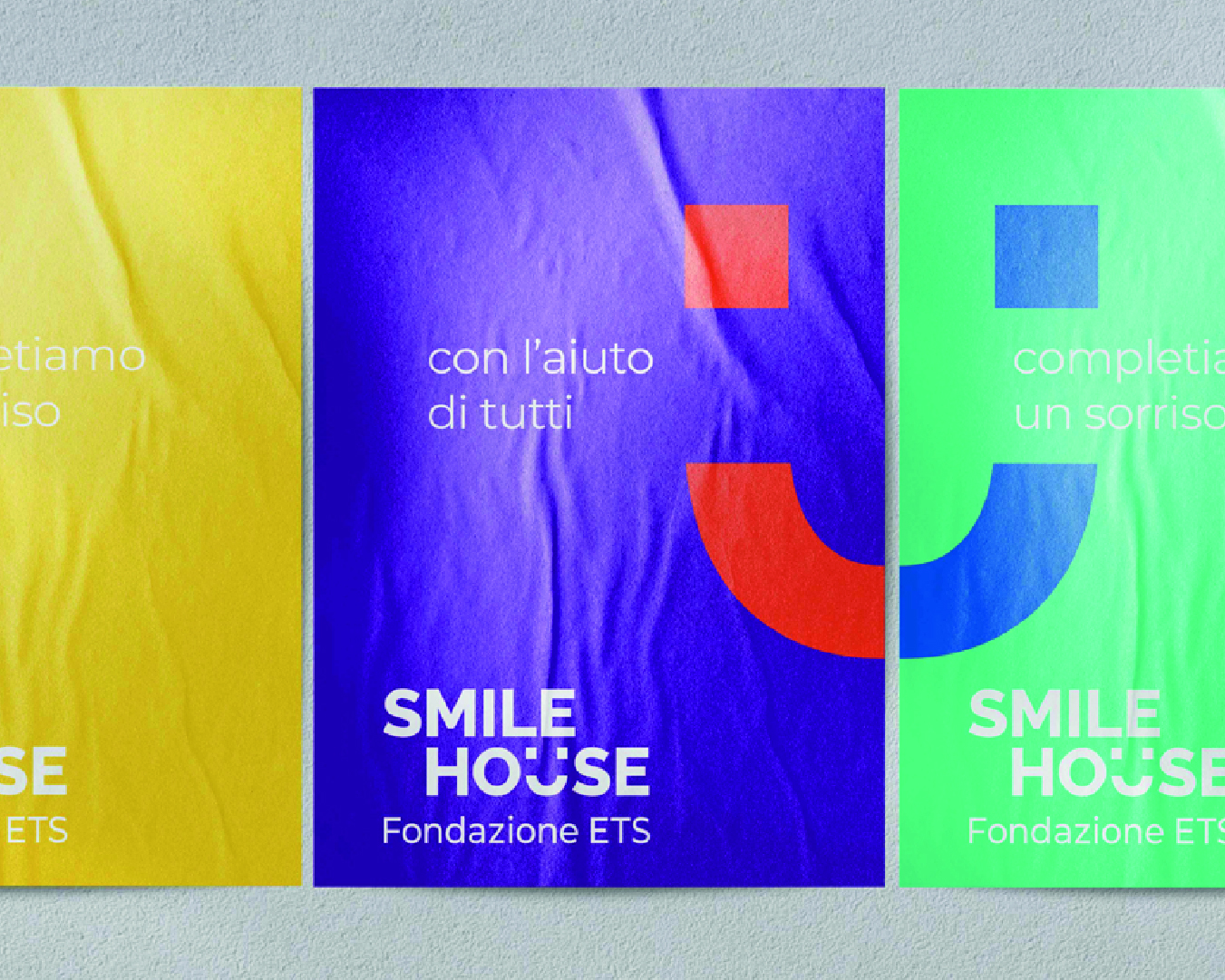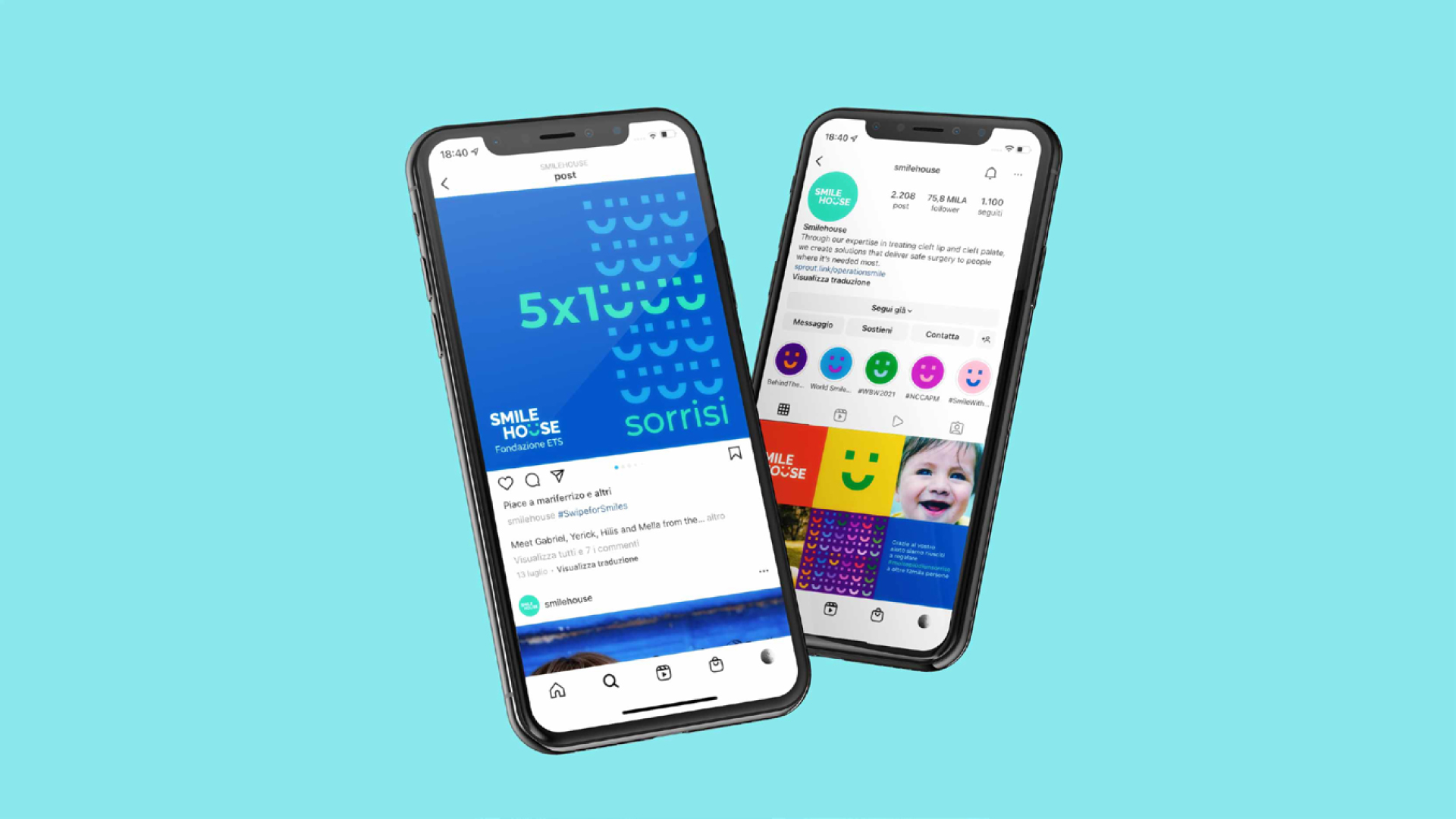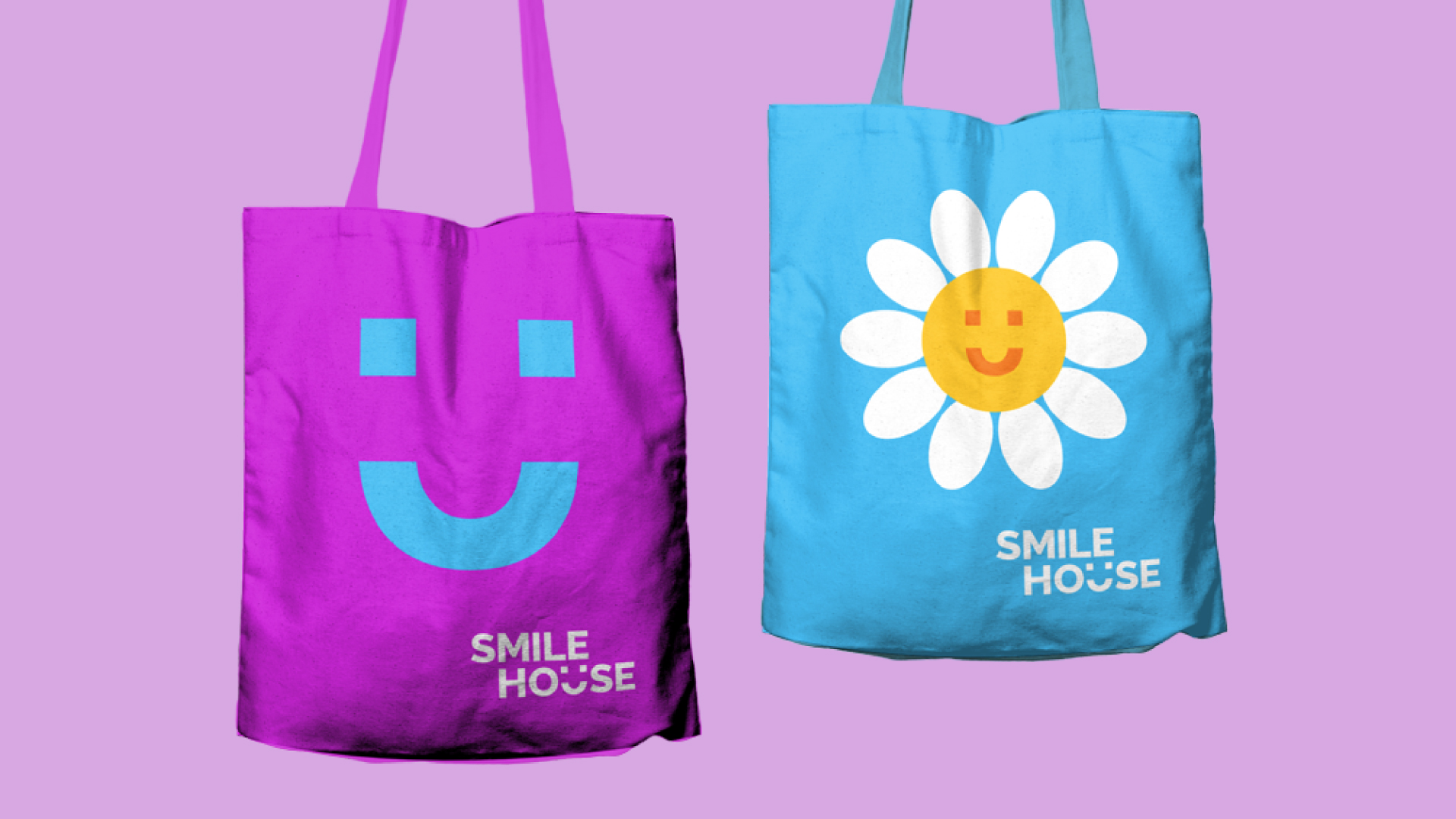The Smile House Foundation ETS was created with the goal of giving back a smile to children and young adults affected by cranio-maxillofacial malformations. It is a project of solidarity and medical research that combines expertise and humanity, turning care into an act of shared beauty.
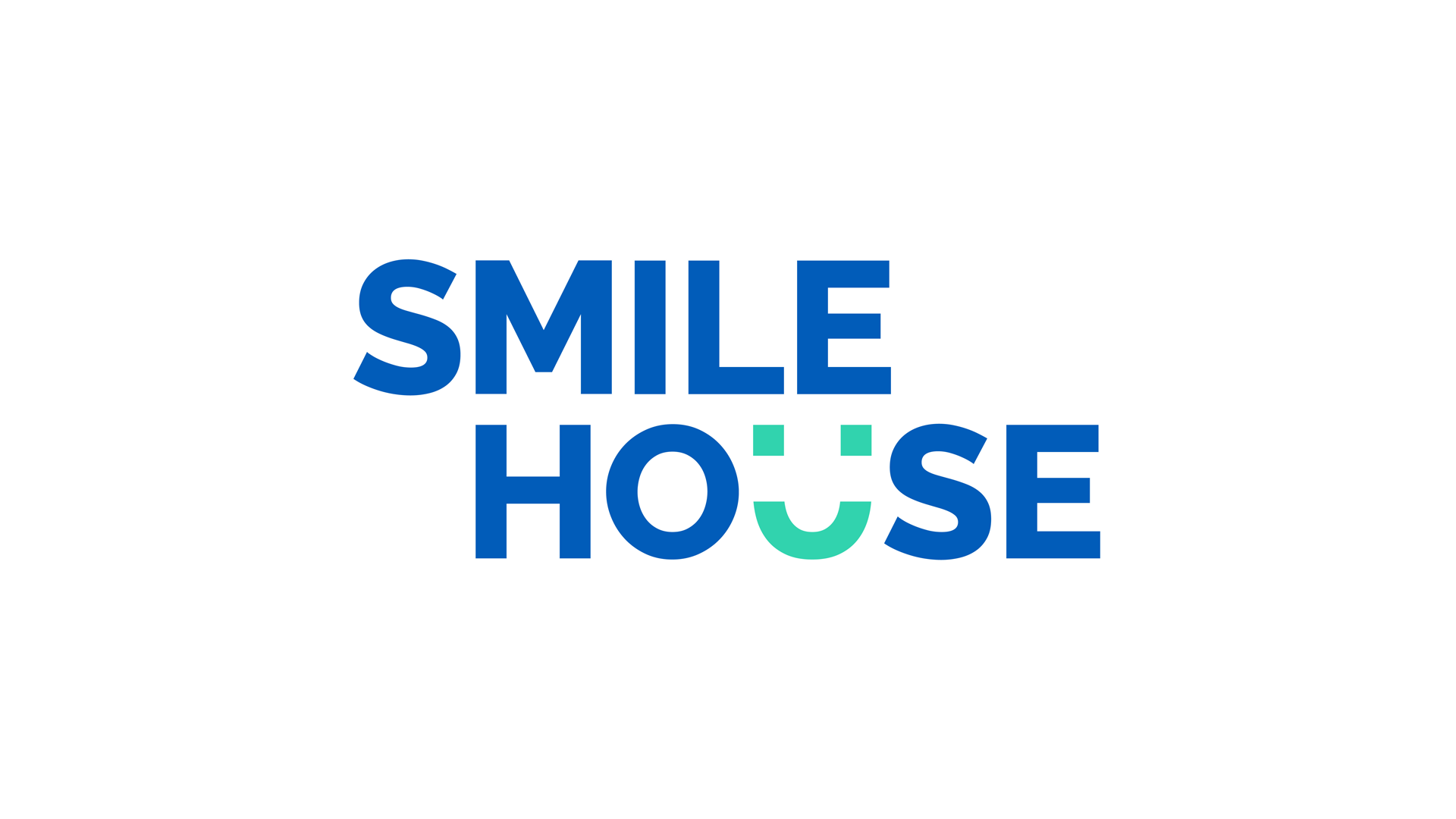

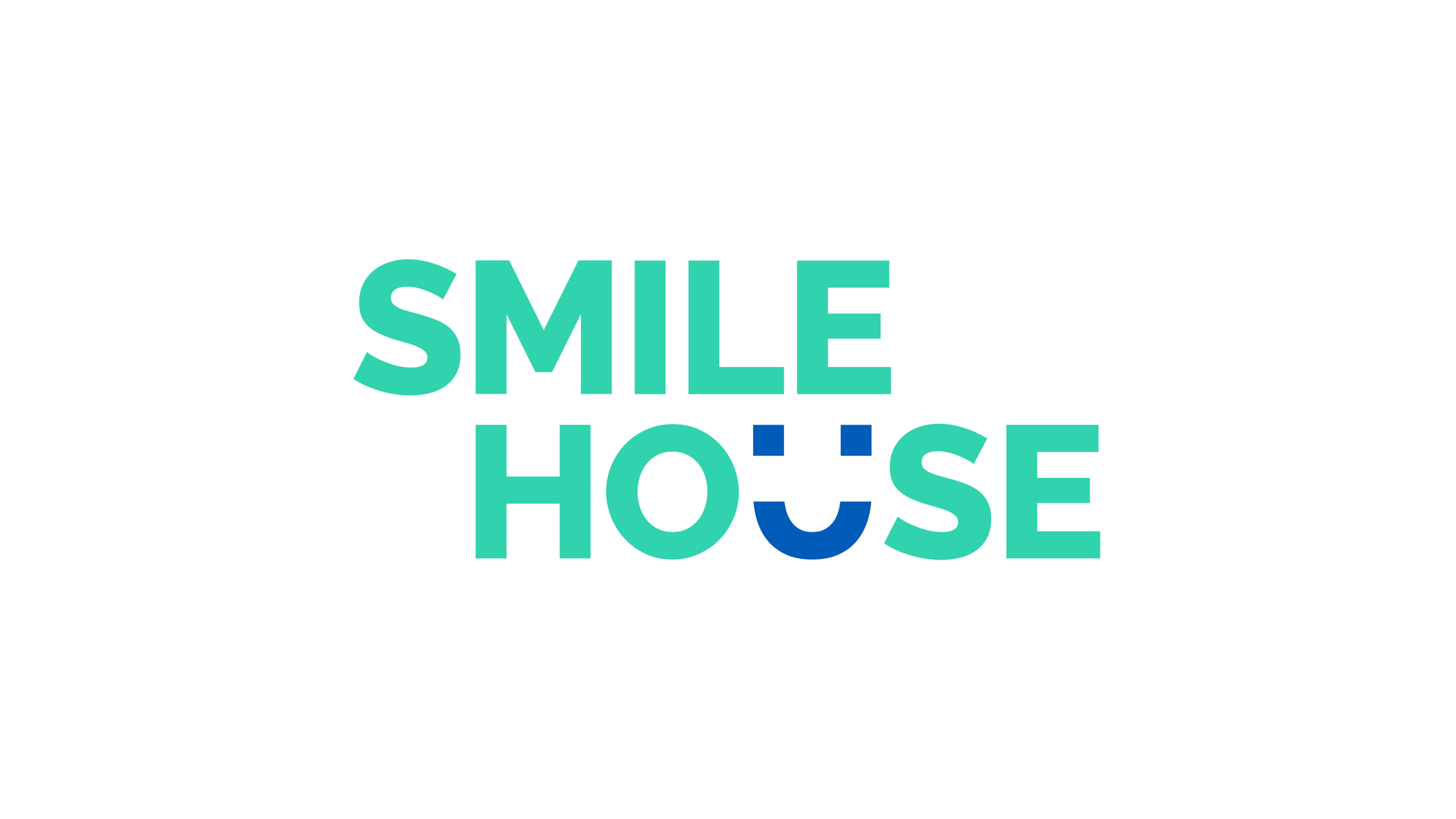

Brand Identity. The smile as a universal symbol
The concept behind Smile House’s identity stems from a simple yet powerful idea: the smile as a universal language of empathy. The logotype finds its essence in the letter “U,” reinterpreted as a smile that comes to life and multiplies. This element becomes the symbol of an empathetic, positive, and inclusive message—one that represents all the faces, real or imagined, of the children to whom the Foundation gives back hope. The use of the “U” as an independent graphic element creates a flexible visual language: it can become a texture, an illustration, or an iconic detail, adapting to any communication context while maintaining coherence and recognizability.






Brand Design. Balance between empathy and precision
The Smile House logotype is arranged in a layout where the letters are distributed over two lines in perfect balance. The institutional colors, aqua green and blue, evoke serenity, trust, and vitality, while the secondary color variations offer versatility for more playful or dynamic applications. The Montserrat font, modern and easy to read, is used for short and digital texts; for longer content, it is paired with Source Serif Pro, which feels more traditional and welcoming. This duality between geometry and visual warmth reflects the essence of the Foundation—scientific, yet deeply human.
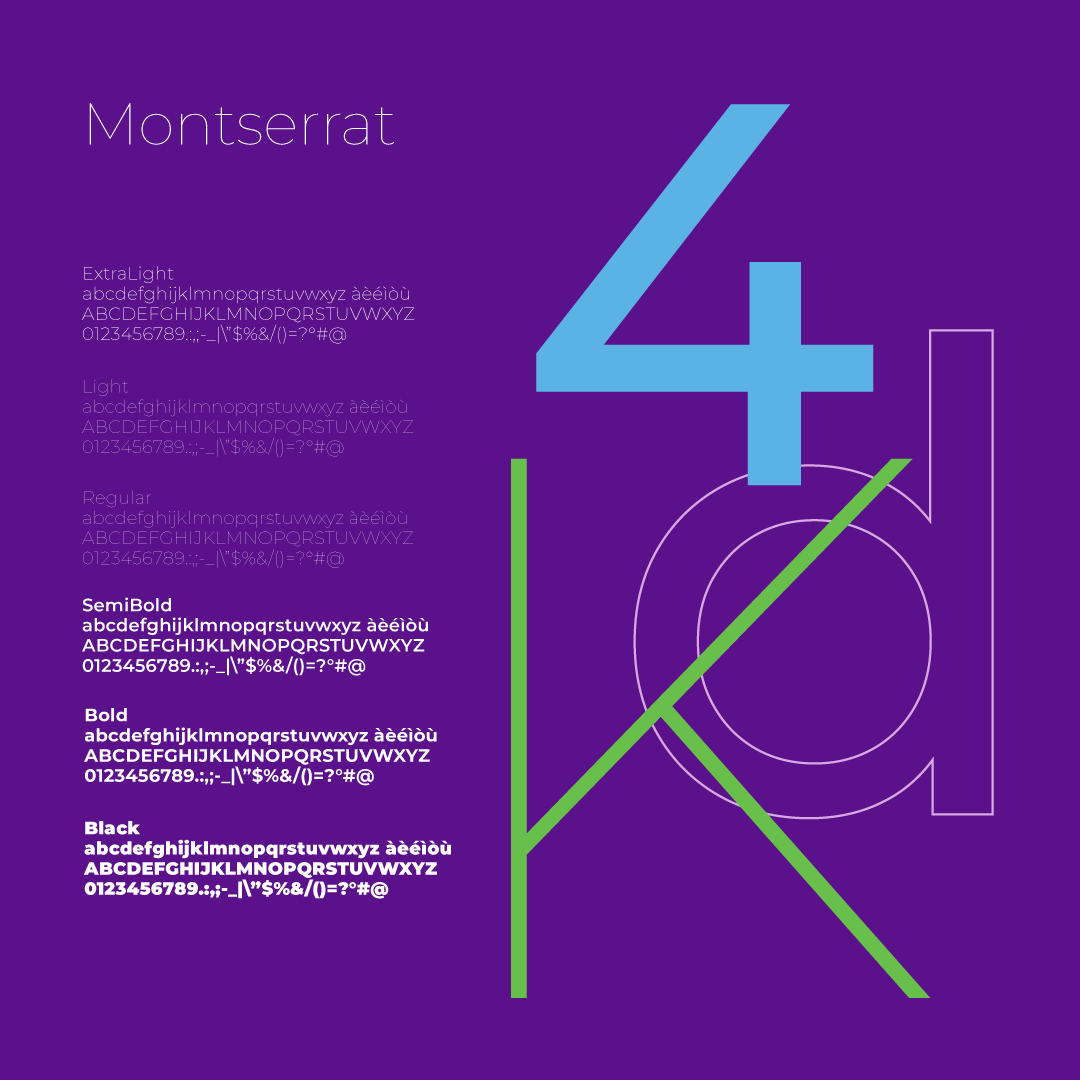
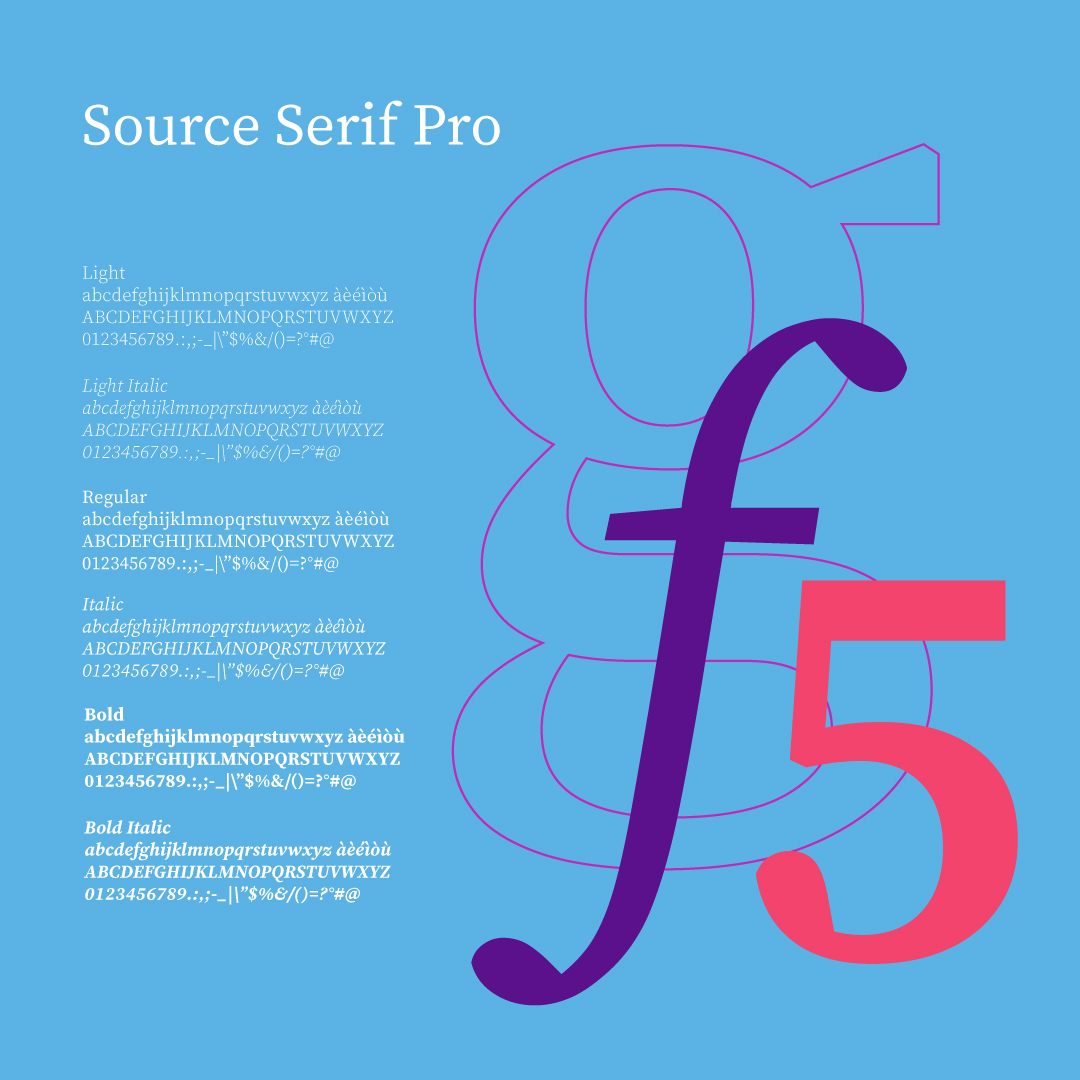
Communication design. Languages that smile
The language of Smile House is positive, empathetic, and animated: the smile becomes a voice, a face, a graphic sign, and a narrative symbol. The “U” can transform into a sun, a flower, or a bee, or replace the zero in the 5×1000 campaign, where the tagline reinforces the logo’s concept: “with everyone’s help, we complete a smile.” This playful yet thoughtful communication speaks to both children and adults, conveying trust and lightness even in the most delicate contexts.
